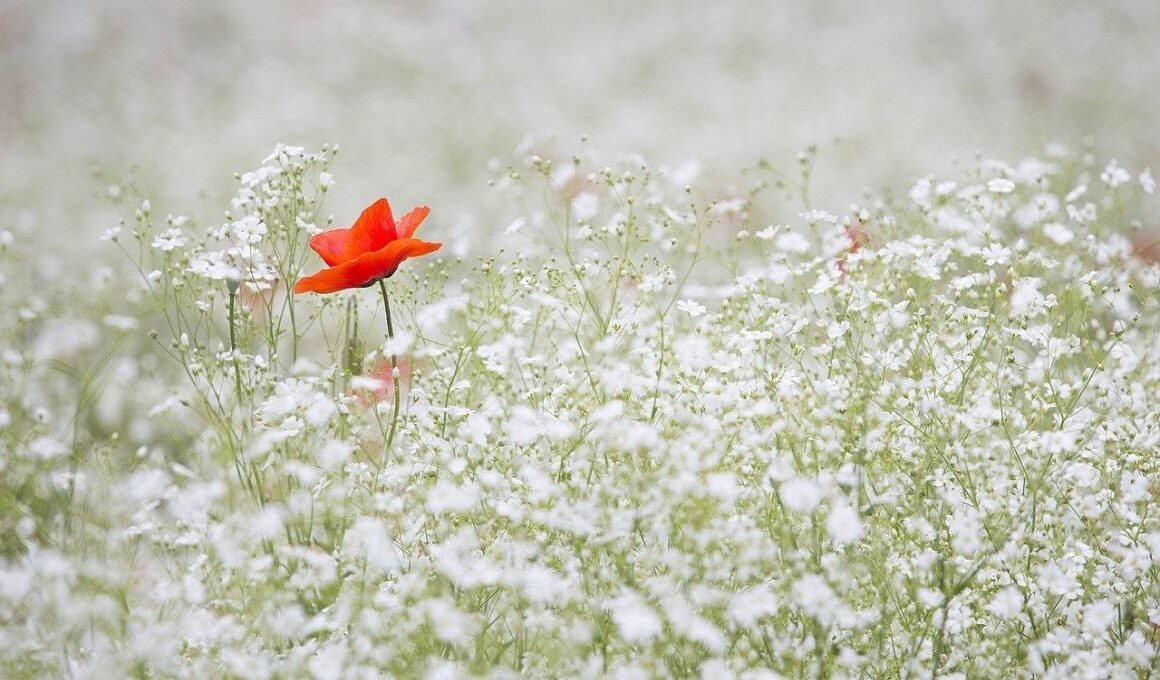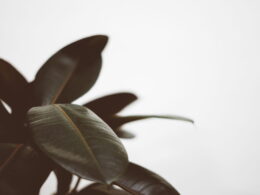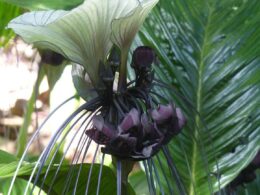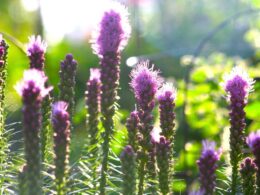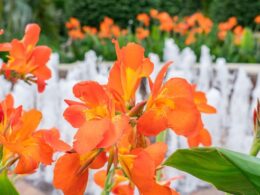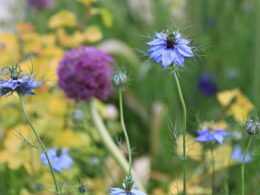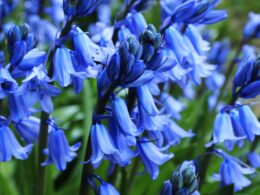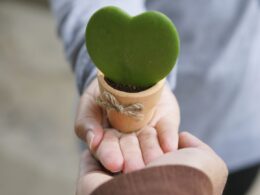The baby’s breath flower, also known as Gypsophila, is a common wildflower often used in bridal bouquets. It has small, white flowers that are either solitary or grow in clusters. Baby’s breath is a hardy plant that can thrive in a variety of climates and soil types. This makes it an ideal choice for gardeners who want to add interest to their landscape without having to fuss over the plants.
Baby’s Breath Flower (Gypsophila): Morphology
Baby’s breath flower is a genus of flowering plants in the Caryophyllaceae family. The genus includes about 150 species, all native to temperate regions of the Northern Hemisphere. Common names include baby’s breath and maiden’s breath. This genus is characterized by herbaceous perennial plants with slender, branching stems. The leaves are opposite or sometimes alternate, and mostly linear in shape. The flowers are small and white, borne in clusters at the tips of the stems.
Gypsophila species are used as ornamental plants, both in gardens and as cut flowers. They are also a popular choice for dried flower arrangements. Some species are used as food plants by the larvae of some Lepidoptera species.
Varieties of Gypsophila
The most common variety of Gypsophila is G. paniculata, which is native to Europe and Asia. It is a perennial plant that typically grows to about three feet tall. The leaves are narrow and linear, and the flowers are small and white. Other popular varieties of baby’s breath include G. elegans and G. muricata.
Gypsophila plants are typically small herbs with thin, delicate stems and a profusion of small flowers. They are popularly used in bouquets and floral arrangements, and as dried flowers.
The small size and delicate nature of baby’s breath flowers make them ideal for use in corsages and boutonnieres. Gypsophila flowers come in a range of colors, including white, pink, purple, and red. The color of the flowers depends on the variety of plant.
Baby’s Breath Flower: Plant Care
If you’re looking for a beautiful and delicate flower to add to your garden, baby’s breath is a great option. These flowers are small and white, with a delicate fragrance. They make lovely cut flowers, and can also be dried and used in bridal arrangements, centerpieces, and in bouquets as filler flowers.
Baby’s breath plant is easy to grow, and doesn’t require much care. They prefer full sun, but will tolerate some shade. They require well-drained soil. Baby’s breath is drought tolerant, and doesn’t need much water once established. These flowers are also fairly resistant to pests and diseases.
Sow the baby’s breath seeds in late winter or early spring. You can also start them indoors, about six weeks before the last frost date. Transplant the seedlings into the garden after all danger of frost has passed. Space the plants about 12 inches apart.
Once the plants are established, they will bloom from late spring to early summer. Deadhead the flowers regularly to encourage more blooms. Baby’s breath will self-seed, so you may have new plants popping up in unexpected places.
How Long Do Baby’s Breath Flowers Last?
The stems of baby’s breath flowers are relatively fragile, so they don’t last as long as some other types of flowers. However, if you take good care of them, baby’s breath can last up to two weeks. To extend the life of your baby’s breath flower, cut the stems at an angle and place them in a vase with fresh water. Change the water every few days, and you should see your baby’s breath flower lasting much longer!
You can also dry baby’s breath to create long-lasting decorations. To dry baby’s breath, hang the stems upside down in a dark, dry place. Once the flowers are completely dried out, you can use them in countless ways! Baby’s breath flowers add a touch of elegance to any setting, so they’re perfect for dressing up your home or office.
Is Baby’s Breath Plant Poisonous to Cats?
No, baby’s breath is not poisonous to cats. However, the plant can cause gastrointestinal upset if your cat ingests a large amount of it. If you suspect your cat has eaten any part of the plant, watch for signs of vomiting or diarrhea and contact your veterinarian if they occur.
Does Baby’s Breath Flower Smell?
There’s no denying that baby’s breath flower is absolutely beautiful. They’re delicate and dainty, and they make the perfect addition to any bouquet or arrangement. But what about their smell? Does baby’s breath have a scent?
Unfortunately, the answer is no. Baby’s breath flowers don’t have any scent whatsoever. This is actually quite common among many types of blooms, especially those that are used in bouquets and arrangements. While they might look pretty, most of these plants don’t have any smell at all.





